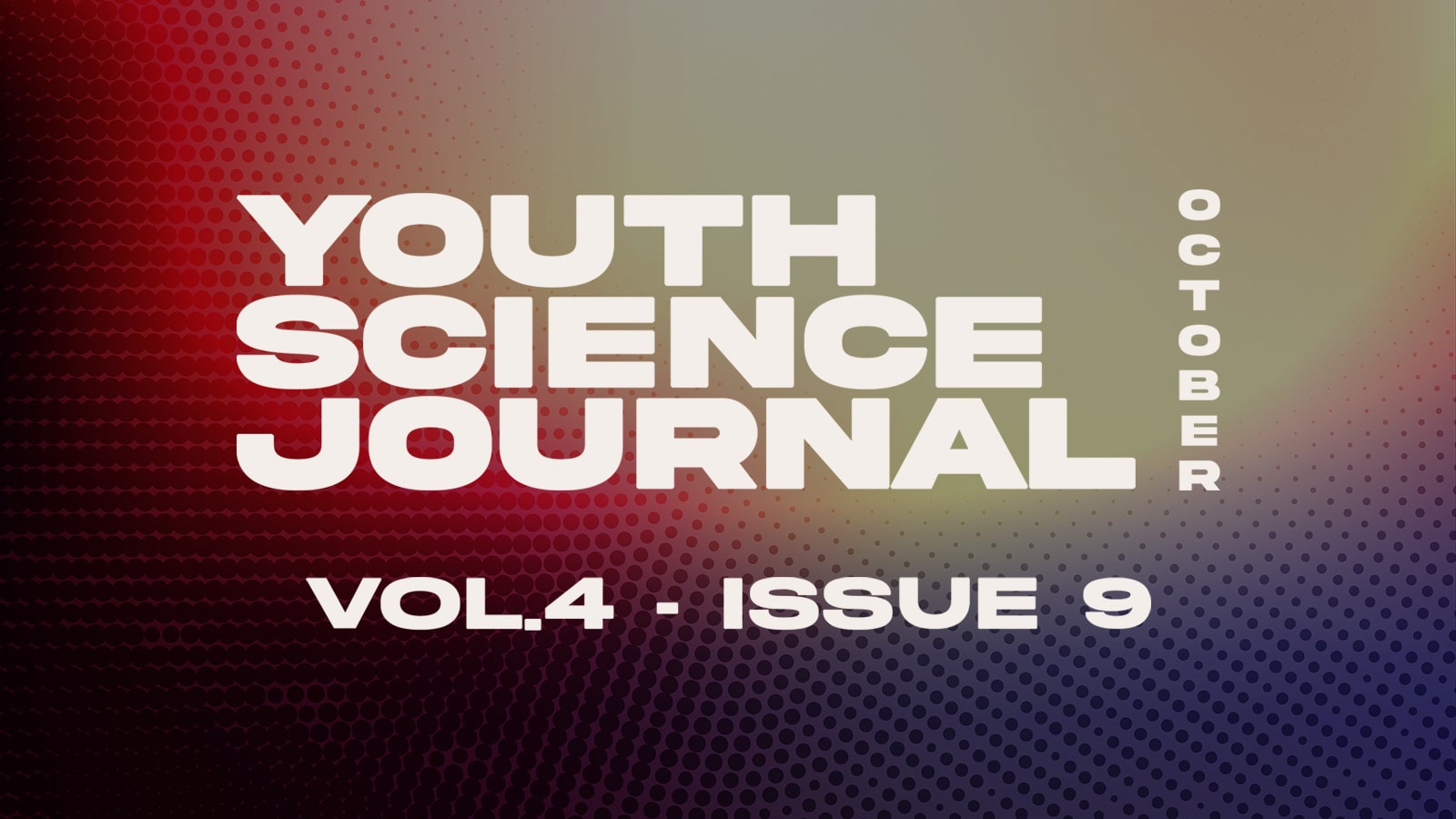الملخص
Worldwide, severe burns cause over 180,000 fatalities every year, and millions of people with non-fatal burns undergo severe, life-long physical and psychological morbidities. In an adult organism, collective cell migration is essential for a proper immune response, wound healing, and tissue homeostasis. A cell's migration is often affected by a mechanism by which specific chemicals either attract or repel the cells of multicellular organisms, which is called chemotaxis. Various aspects of collective cell migration and chemotaxis are recommended to be utilized in the process of burn wound healing. This paper introduced a modern approach that will allow the treatment process of second-degree burn wounds to be faster and less painful. This is done by introducing chemotactics to the burn wound dressing. IFN , TGF-, IGF-1, and FGF-7 are examples of chemotactic proteins. These chemotaxes were specially chosen based on their availability and effectiveness in stimulating the keratinocyte cell migration in the dermis. To help future validation of the idea, three types of mathematical models have been investigated: agent-based models, continuous models, and local-versus-non-local models. Agent-based modelling facilitates the transfer from describing individual models (individual cells) to describing collective behavior. Unlike agent-based models, continuous models are not constrained by a lack of computational power, which makes them suitable for idea validation. One of the main classes of continuous models is reaction diffusion–advection (RDA) equations. The RDA equations use the local chemoattractant gradient to describe population drift. On the contrary, non-local models describe the overall behavior of the element inside its system.

